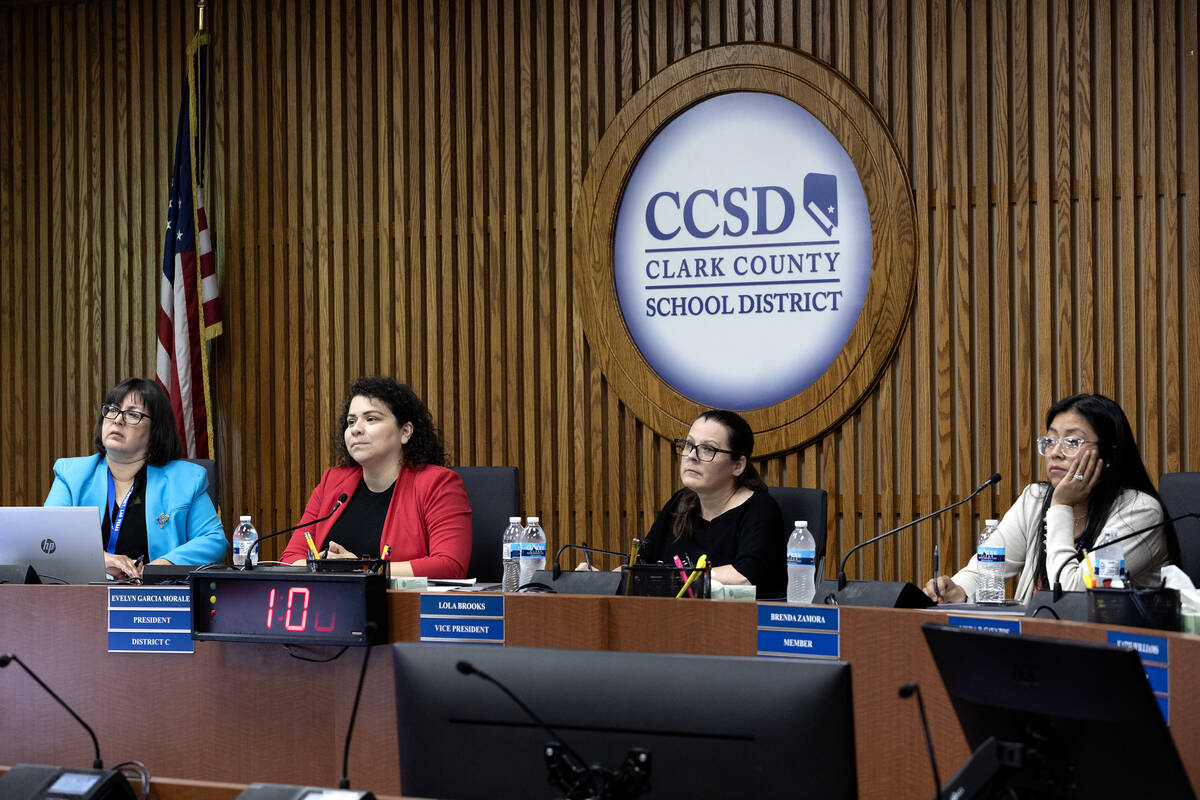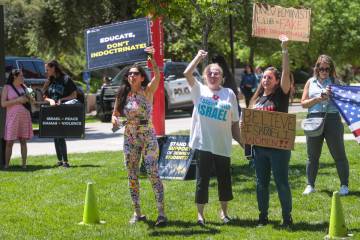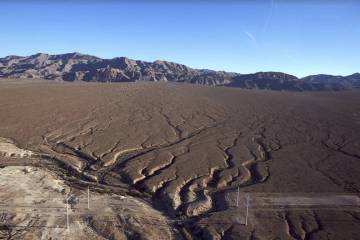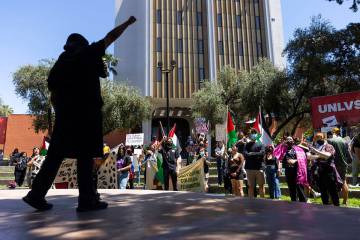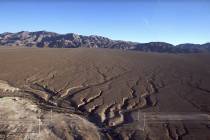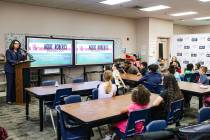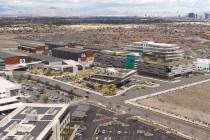CCSD says it has used almost all of its COVID relief money
The Clark County School District has spent more than 89 percent of its federal COVID-19 relief money.
The School Board voted unanimously during a Thursday meeting in Boulder City to approve a yearly report that outlines how the school district accounts for the nearly $778 million it received.
The money is from the American Rescue Plan Elementary and Secondary School Emergency Relief funds — often referred to as ESSER III — that was awarded in 2021.
Trustee Lola Brooks said she doesn’t think the district gets enough credit for the amount of effort that went into the funds, noting there are many projects and moving parts.
“I love the fact that you have been transparent,” she said. “The information is there. You can’t force people to access it, but it is available.”
Chief Strategy Officer Kellie Kowal-Paul said the district knows pandemic recovery will take several years, but “we are pleased to be seeing several signs of recovery.”
The district had used $651.7 million — nearly 84 percent — of the funding, as of October.
As of Dec. 1, the percentage of money spent had risen to more than 89 percent, Kowal-Paul said.
The district must use remaining money by September 2024.
In response to a question from a trustee, Kowal-Paul said no money will be reverted back to the federal government.
In a late October letter to the community that’s part of the report, Superintendent Jesus Jara and School Board President Evelyn Garcia Morales wrote: “We are pleased to report that we have started to witness the first promising signs of recovery.”
“These early indicators include slight improvements in student achievement, demonstrating that the hard work and dedication of our students, educators, and support professionals have begun to yield positive results,” Jara and Garcia Morales wrote in the joint letter.
But they also noted the district is “acutely aware that there is still much work to be done to overcome pandemic impacts.”
Investments are aligned with priority areas in the district’s five-year strategic plan, Kowal-Paul said.
Priority areas are student success ($509.5 million), employees ($243.5 million), COVID-19 mitigation and continued response ($22.9 million), balanced governance and leadership ($1.2 million), and parent and community support ($767,400).
Kowal-Paul highlighted investments such as buying instructional materials, a visitor management system for school campuses, employee retention bonuses and relocation incentives, teacher pipeline initiatives and the district’s data dashboard.
Kowal-Paul also addressed the upcoming “ESSER cliff” — when federal relief money ends — and said many school districts nationwide are anticipating significant deficits.
She said the district is planning for significant challenges, but not like what they’re hearing from peers across the country.
School principals are being asked to make preliminary budget decisions beginning in January for next school year.
Potential impacts of the ESSER cliff could include the short- and long-term elimination of positions, programs and support, Kowal-Paul said.
And there’s a risk in the long term, she said, of not being able to support the high-cost curriculum investments that federal relief money has made possible.
Contact Julie Wootton-Greener at jgreener@reviewjournal.com. Follow @julieswootton on X.



